Everyone knows the Cotswolds for its postcard-perfect villages and that slow, countryside pace. But honestly, I craved something more than the usual Instagrammed stops.
So, I wandered through Gloucestershire and stumbled on smaller, quieter places where stone cottages glow in the sun, clear streams meander by, and peaceful streets invite you to linger. Here’s my personal list of the top five most picturesque villages in the Gloucestershire Cotswolds—each one a hidden gem that’s a bit off the radar.
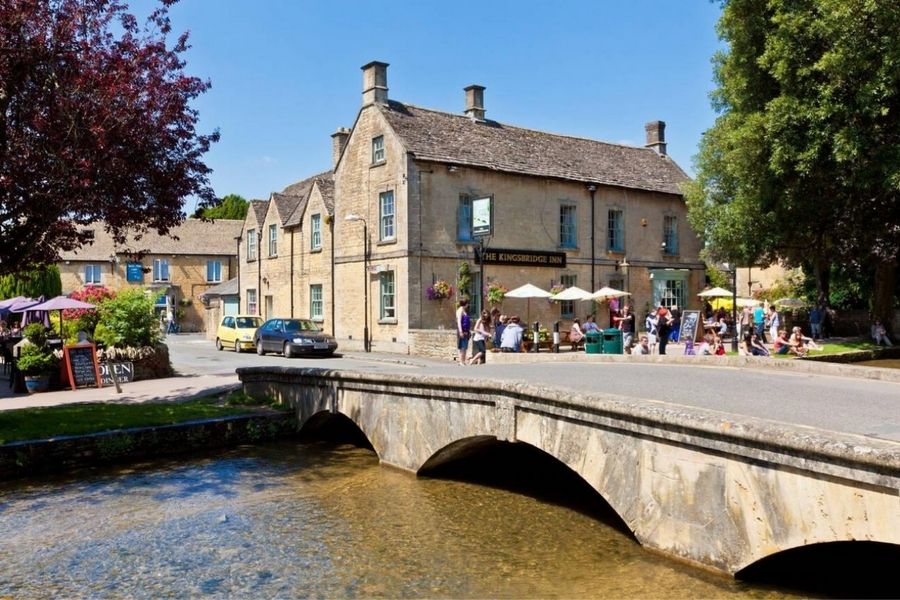
Every village here surprised me with its own quiet beauty and a kind of local magic you just don’t get with crowds around. If you’re keen to explore somewhere new and avoid the tourist throngs, these little spots might just win you over.
Discovering the Lesser-Known Villages of the Gloucestershire Cotswolds
The Gloucestershire slice of the Cotswolds? It’s packed with charm and those classic English views.
While most people flock to the big names, I set out to find those beautiful, tucked-away corners that most folks miss.
What Makes a Cotswold Village Picturesque?
For me, a truly picturesque Cotswold village needs a few things. Honey-colored stone cottages that catch the light just right, giving the whole place a warm, golden glow.
Winding lanes and old stone walls that make you feel like you’ve wandered into a different era.
Most of these villages nestle among rolling hills, where sheep graze and wildflowers pop up from spring to autumn. It’s the little touches—a historic church, a green at the center, a bubbling stream—that really draw me in.
In Gloucestershire, you’ll often get sweeping views across valleys and fields, right in the heart of this Area of Outstanding Natural Beauty.
What really sets these hidden gems apart? The calm. No tour buses clogging the lanes, hardly any crowds, and you get this genuine sense of daily life ticking on.
How I Chose My Top 5 Villages
I explored more than a dozen villages—some famous, others barely on the map—before picking my favorites.
My main goal? Find places with beauty and character, but without the crowds you get at all the tourist hotspots.
I visited at different times of day, chatted with locals, and wandered footpaths looking for those unique touches. I especially loved villages that mixed natural scenery—like rivers or hills—with that classic Cotswold charm.
I paid attention to traditional pubs, local shops, old churches, or even just a great viewpoint. This helped me steer clear of places that felt too polished or commercial.
My list? It’s all about those genuine gems that really show off what makes Gloucestershire’s Cotswolds so special.
Guiting Power: Quintessential Rural Charm
Guiting Power instantly won me over with its laid-back vibe, golden stone cottages, and that classic English village atmosphere.
The roots here run deep—think ancient walking routes and friendly local businesses. There’s plenty to soak up.
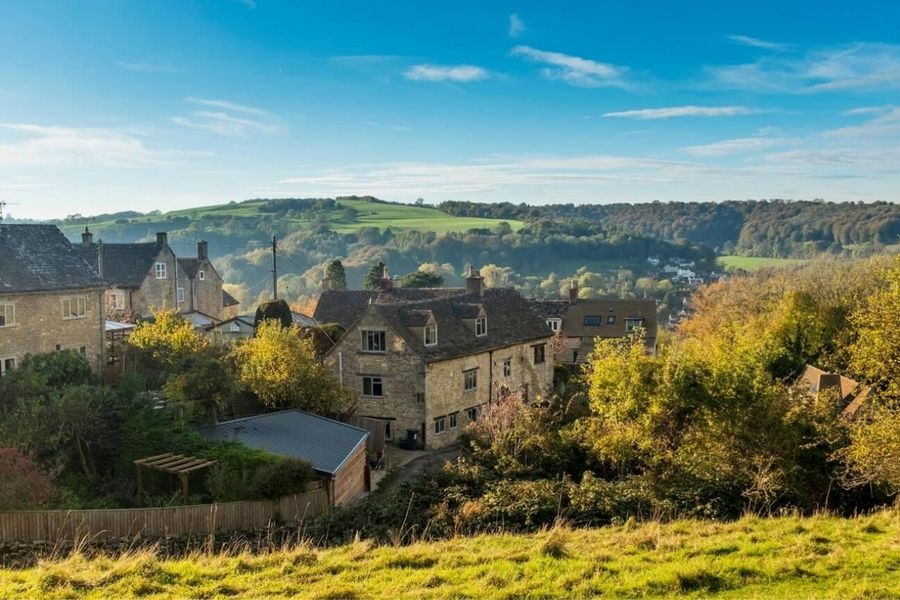
Historical Roots and Village Atmosphere
When I got to Guiting Power, the sense of history practically jumped out at me. The village green still has the remains of an old market cross, a little nod to centuries of trade.
Honey-colored cottages line the quiet lanes, and honestly, the whole place looks like it’s barely changed over time.
Many of the buildings go back to medieval and Tudor times. The 12th-century St. Michael and All Angels Church still anchors the village.
Locals keep old traditions alive, with community events popping up throughout the year. It’s easy to picture generations of families living and working here, surrounded by those rolling hills.
Must-See Landmarks and Trails
St. Michael and All Angels Church really stood out for me. Its oldest bits date back to the 12th century, and the churchyard is always tidy.
From here, you can pick up several well-marked walking trails that wind through the fields and hills.
Some favorites:
- The Windrush Way, which links Guiting Power to other Cotswold villages.
- A circular village walk that meanders through sheep pastures and woodlands.
- Shorter paths heading toward the River Windrush or scenic viewpoints.
Whether you’re up for a gentle stroll or something more challenging, the local trails deliver. You’ll even spot ancient ruins just outside the village—a little reminder of its medieval past.
I loved the mix of open fields, old stone walls, and those classic countryside views.
Local Dining and Rustic Experiences
Guiting Power has a cracking pub, The Hollow Bottom. I tucked into hearty local food and real ale by the fire—beams overhead, logs crackling, and a genuinely warm welcome.
If you fancy something different, the Cotswold Guy delicatessen serves up fresh produce, baked treats, and handmade goodies.
On the green, I spotted a bakery van with bread and pastries from nearby farms. Local cheese, honey, and jams are everywhere, and everything’s made with local, seasonal ingredients.
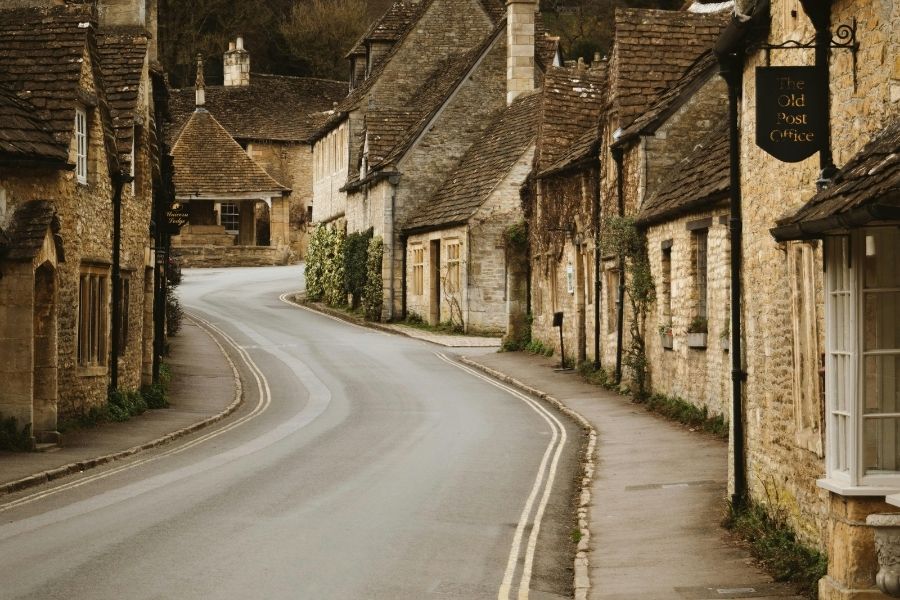
Eating here felt honest and unfussy—just good food from the land around you.
Plenty of people pair a meal at The Hollow Bottom with a visit to Cotswold Farm Park, which has rare breeds and hands-on farm activities. This little area blends that village charm, real hospitality, and some of the best local flavors you’ll find.
Blockley: Hidden Beauty and Unique History
Blockley sits tucked away in the Gloucestershire countryside, mixing medieval character and local landmarks with a surprising bit of TV fame.
The village feels peaceful and well-kept, and it’s full of those old-world details you just don’t see in the busier spots.
Medieval Architecture and Cotswolds Cottages
Blockley’s full of classic golden stone cottages. You’ll see steep slate roofs, chunky wooden doors, and thick stone walls—real Cotswolds architecture.
Wandering the old lanes, I noticed many homes date back centuries.
The village layout hints at its medieval beginnings. Narrow streets twist between houses, and little stone bridges cross gentle brooks.

Some old silk and wool mills still stand—now private homes—and they give Blockley a sense of living history.
There’s something different about these cottages compared to the famous villages nearby. With fewer visitors, you notice all the carved doorways, textured stone, and neat gardens.
Every corner seems to have a story reaching back through time.
St. James’ Church and Notable Landmarks
Right at the heart of Blockley, you’ll find St. James’ Church. It started life in the 12th century and features a square Norman tower with ancient stonework.
Tall trees surround it, and it’s a peaceful spot for a quiet moment.
You’ll also spot reminders of Blockley’s silk and wool industry past—old mills and historic wells tucked down narrow lanes.
The Blockley village green is a great place to soak up views of the hills and cottages. Stone steps and raised gardens break up the walk between main sights.
There are a few info signs if you’re curious about the local history.
Blockley’s Television Fame
Blockley got a bit of a spotlight as a filming location for British TV. St. James’ Church Vicarage appears in the “Father Brown” series as the main character’s home.
Fans come just to spot that familiar backdrop.
What I liked is that the village still feels real—not staged for cameras. While it’s not part of “Downton Abbey,” Blockley’s golden stone and old-timey charm attract TV crews after an authentic Cotswolds vibe.
Some spots look exactly like they do on screen.
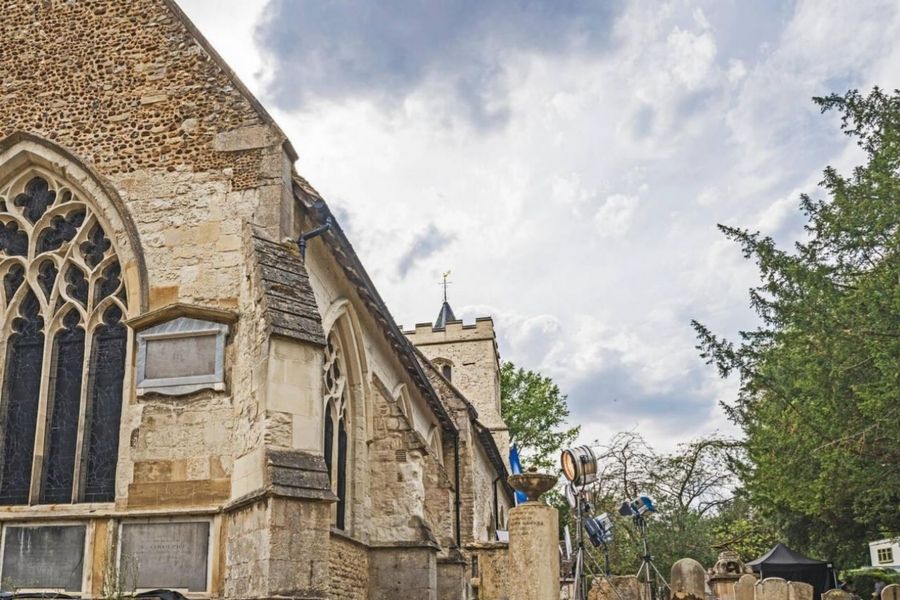
You’ll find signs and even small tours for anyone interested in the TV connection. Just remember, many buildings are private homes, so it’s worth being respectful as you explore.
It adds a quirky, modern twist to Blockley’s already rich history.
Snowshill: Rustic Allure and Panoramic Views
Snowshill is one of those places that just grabs you with its honey-coloured stone cottages and peaceful setting.
Panoramic views roll out in every direction, and the countryside is a walker’s dream.
Snowshill Manor and Traditional Cottages
Snowshill Manor stands as the main draw, packed with a quirky collection of crafts and curiosities. The gardens feel old-fashioned, with little rooms, fragrant herbs, and neat lawns.
In spring and summer, flowers burst out against those warm stone walls.
The cottages here are built from classic honey-coloured limestone. Steep roofs, old wooden doors, and the occasional climbing rose make every street look like it belongs on a vintage postcard.
The vibe is quiet—much less crowded than the big-name Cotswolds villages.
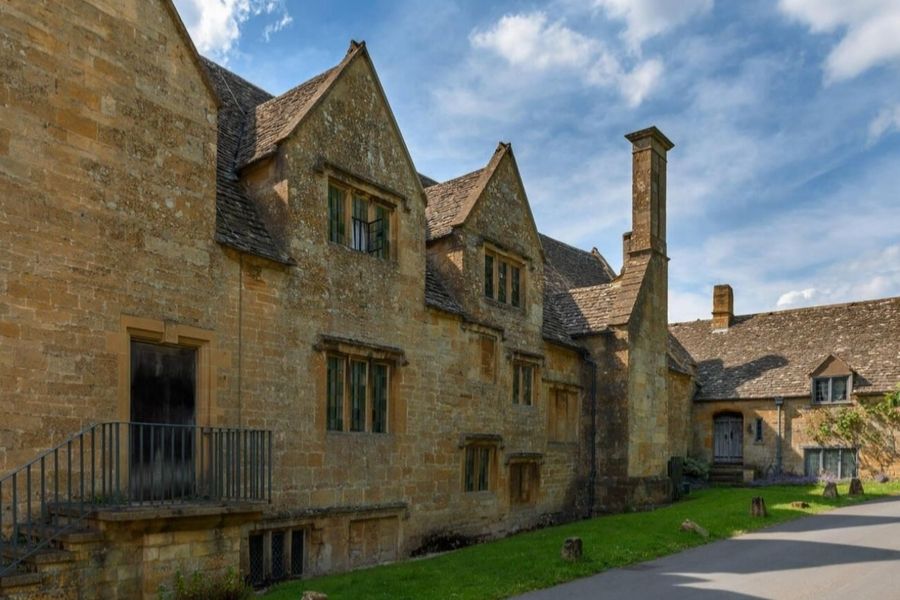
Filmmakers loved Snowshill for winter scenes in “Bridget Jones’s Diary,” which says a lot about how pretty and atmospheric these cottages really are.
Here’s a quick look:
| Feature | Details |
|---|---|
| Manor Type | National Trust property |
| Cottage Style | Honey-coloured limestone |
| Notable Filming Place | “Bridget Jones’s Diary” |
Village Scenery and Walking Opportunities
The countryside around Snowshill is all gentle hills and big, open fields. From several spots in the village, you get sweeping views over the Severn Vale.
It feels wide open and peaceful—no traffic noise, no rush.
There are several walking routes starting right from the village. One of the most popular is the 3.5-mile National Trust circular walk to Littleworth Wood, which gives you a mix of woodland and field scenery.
Another favorite is the 6-mile walk to Broadway village, passing the dreamy Broadway Tower.
The paths are well marked, and you can choose anything from a gentle stroll to a longer hike.
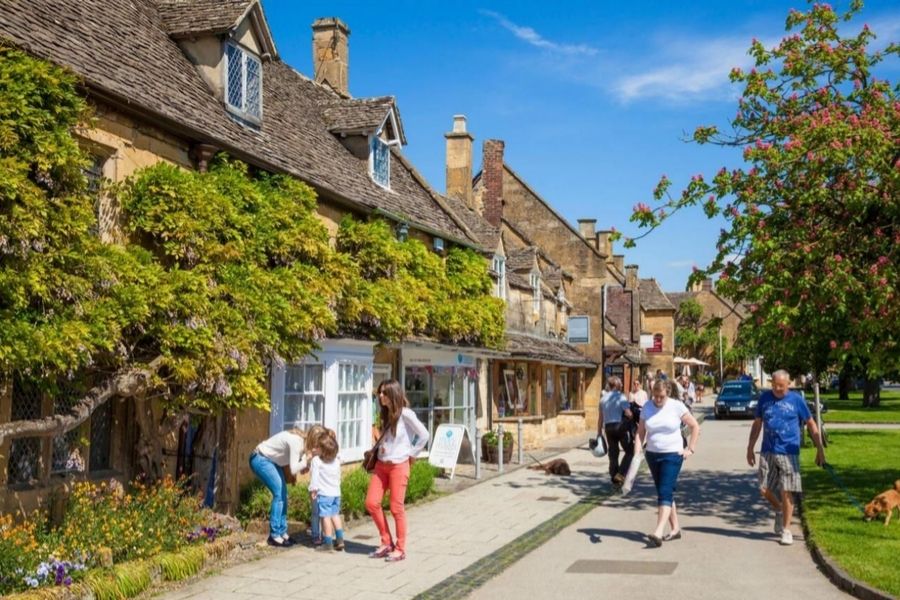
Most trails start near the center or the manor and loop back, so you don’t need a car to get around. Wildflowers, birds, and the occasional sheep are all part of the experience.
Walking here felt relaxing—a perfect way to soak up the best of the Cotswolds.
Kingham: Award-Winning Tranquility
Kingham has this calm, inviting charm and some beautiful countryside views. Even though it’s in Oxfordshire, it sits close to the Gloucestershire border.
I found the atmosphere welcoming, with a lovely mix of old and new.
The Village Green and Surrounds
Kingham’s heart beats around its large, tidy village green. I watched locals gather, kids play, and visitors just lounge on benches.
Honey-colored stone cottages with neat gardens line the green.
A walk around here takes you past winding lanes and old trees. The village itself stays quiet, with almost no traffic—it’s a real escape from busier places.
There are little trails leading out from the center into green fields and gentle hills.
Kingham has picked up awards for both its looks and its community spirit. Many of the cottages and buildings have stood for centuries.
Every corner seems to offer a new, picturesque view—perfect for a photo or just sitting back and taking it all in.
From Traditional Pubs to Modern Cafes
When it comes to food and drink, Kingham nails that balance between tradition and modern comforts.
You’ll find a couple of classic traditional pubs. Both serve up British favorites, local beers, and cider.
One pub, tucked in a stone building, felt especially cozy on a chilly evening.
If you want something lighter, there are cafes with fresh coffee and homemade cakes. Some serve classic cream tea—scones, clotted cream, the works.
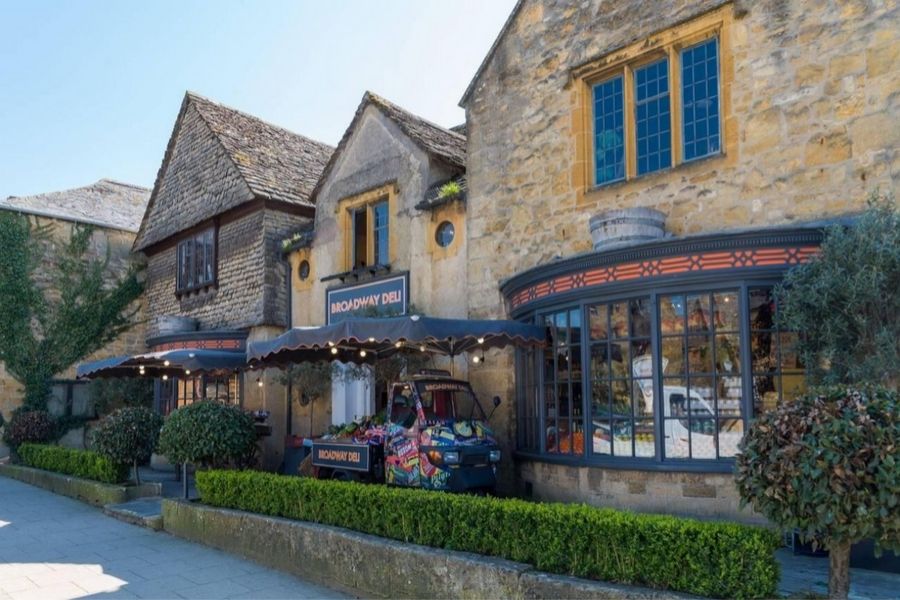
Menus here highlight local produce like cheeses, breads, and veggies from nearby farms.
Staff in both pubs and cafes went out of their way to make me feel at home. Whether you’re after a big meal, a quick snack, or just a quiet drink, Kingham’s food spots deliver with real, unpretentious charm.
Stanton: Steeped in Tradition
Stanton feels like a snapshot of rural England—golden stone cottages, winding streets, and old landmarks everywhere.
Its quiet charm comes from both the architecture and the walking trails that bring you right up close to the peaceful Cotswolds countryside.
Copse Hill Road and Historic Features
When I first rolled into Stanton, Copse Hill Road instantly grabbed my attention. This winding lane stretches through the heart of the village, flanked by those iconic Cotswold stone cottages.
You can’t help but notice the honey-colored Jurassic limestone. It just glows when the sun hits it—there’s a warmth to the whole scene that’s hard to put into words.
Stanton skips the usual market square vibe. Instead, life seems to orbit around Copse Hill Road and the high street.
As I wandered, little details kept catching my eye. There were weathered wooden doors, drystone walls that have clearly seen a lot, and garden gates tangled with flowers and greenery.
At one end, The Mount pub anchors things. Locals have gathered here for ages—it sits in a 17th-century building and just oozes tradition.
Then there’s the church. It’s been standing for over 800 years, and that tall tower pops up in views all over the village.
I found myself drawn to the ancient gravestones and the quiet grounds. There’s a stillness here that feels like it’s barely changed over the centuries.
Somehow, the mix of old stonework and rolling landscape weaves together a kind of timeless charm. It really does feel like stepping into a storybook, with layers of daily life stretching back for generations.
Exploring the Cotswold Way National Trail
The Cotswold Way National Trail winds right through Stanton, and honestly, it’s no wonder walkers and nature lovers keep coming back. This iconic path runs along the ridge of the Cotswold Hills, linking up historic villages and towns with those sweeping, postcard-worthy countryside views.
One morning, I decided to tackle a stretch that starts near the heart of the village. The trail hugs wildflower meadows and rolls over gentle hills. Sometimes you’ll spot sheep scattered across the fields or stumble upon a weathered old barn, half-hidden in the grass.
As I wandered, I understood why people call Stanton the “epitome of tranquillity.” Out here, the only sounds came from birds overhead or maybe a tractor humming in the distance.
If you need a breather, you’ll find benches and waymarkers scattered along the route. It’s easy to just sit, soak it all in, and let time slow down for a bit.
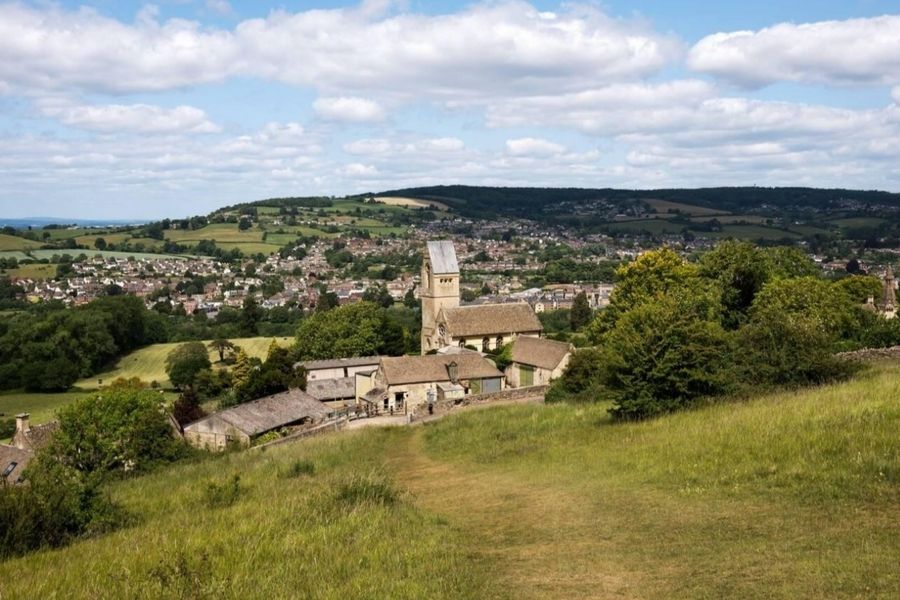
The trail links Stanton to neighboring villages, so it’s a perfect spot for a rest or a springboard for more exploring in the Gloucestershire Cotswolds. There’s something seamless about how the village blends into the landscape—tradition, history, and the simple joy of being outdoors all come together here.

